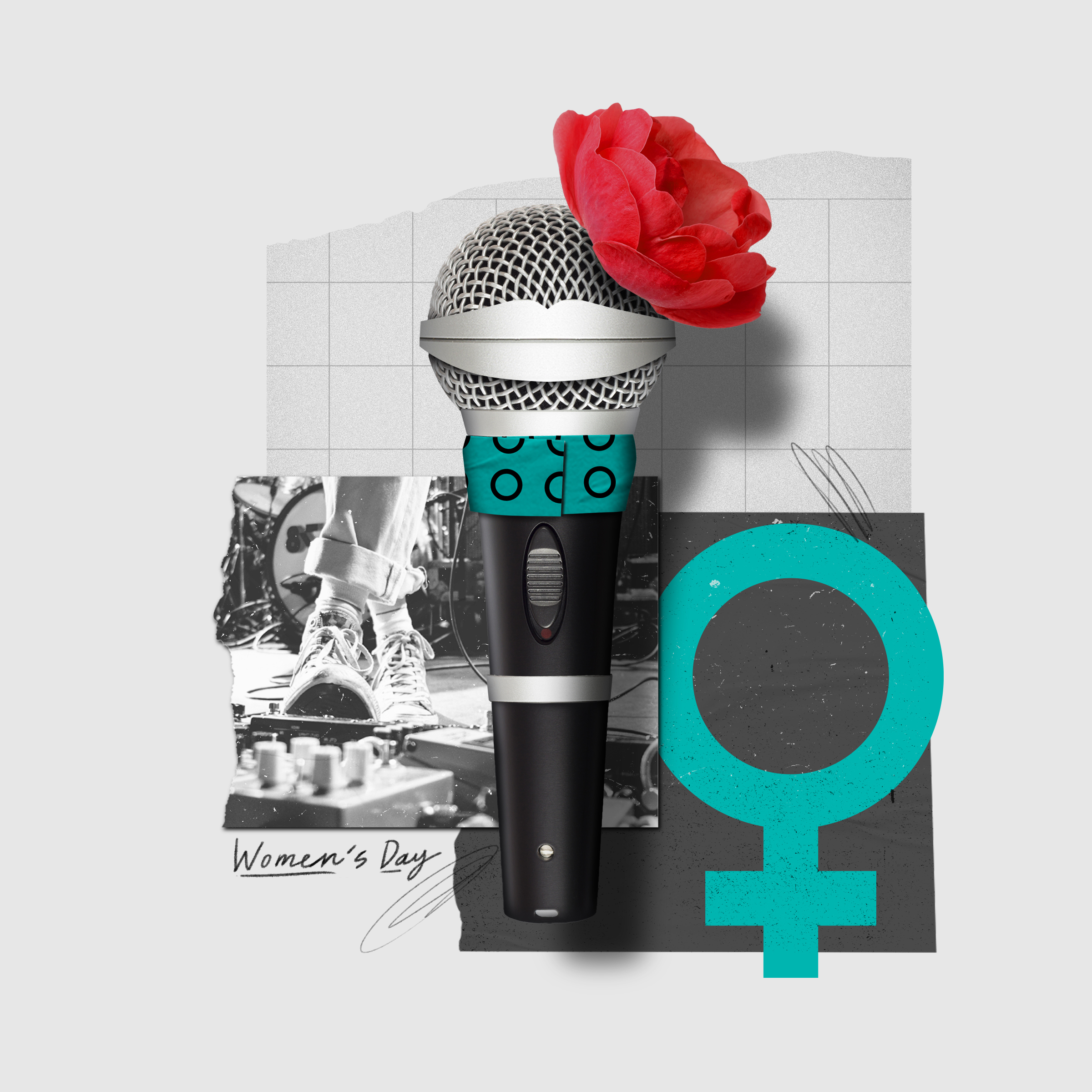08.03.2024
From the studio to the office: Women in the music industry
New studies shed light on diversity, equity and inclusion in the music industry.

Today, we celebrate International Women’s Day by honoring women, their fights and their rights, and we take a look at two recent studies about women in the music industry, as well as the progress made on this front.
From the studio…
The US Billboard Hot 100 is a reliable indicator of mainstream success and the tendencies dominating or gaining ground in music. To find out about women’s representation in it (as artists, songwriters and producers), we can read the latest annual report of the USC Annenberg Inclusion Initiative’s study.
The findings are both encouraging and disturbing. While women’s presence continues to rise in all fields, it’s still a long road to an equal -or even similar- representation. In 2023, women artists in the US Billboard Hot 100 increased from 30% to 35%, women producers from 3.5% to 6.5%, and songwriters from 14.1% to 19.5%, in just one year.
However, the ratio of men to women producers is still 30 to 1, while women of color are almost invisible, claiming just 19 out of 1.972 producing credits.
…to the office
And what about “the suits”? To learn about the other side of the industry, we have to turn to Women in CTRL and their annual study that’s analyzing how many women sit on UK trade association boards. Concerning the music industry, the study found that across 10 industry bodies, 52% of the board members are women and/or non-binary people (20% up from 2020). In a heartening quote, Nadia Khan, founder of Women in CTRL, stated that: “Surpassing the 50% representation milestone in the boardroom is a powerful signal of the progress and change resulting from the music industry’s recent commitments to inclusivity and diversity.”
In the executive leadership teams, the women’s percentage jumps to 54%, while 6 out of the 11 organizations in the report have at least 50% women and/or non-binary people in their executive leadership teams.
Are we equal yet?
These two studies show a significant decrease in gender inequality in the music industry, with the offices leading the way, but it’s important to keep in mind that these numbers -and most importantly, the reality behind them- are far from ideal. If this is the picture in one of the industry’s most progressive fields, one can only imagine how much work is needed in all other aspects.
Resuming Nadia Khan’s quote: “However, our work is far from over. The call to action in this report echoes loudly –succession planning remains pivotal for our industry’s sustained success.”

